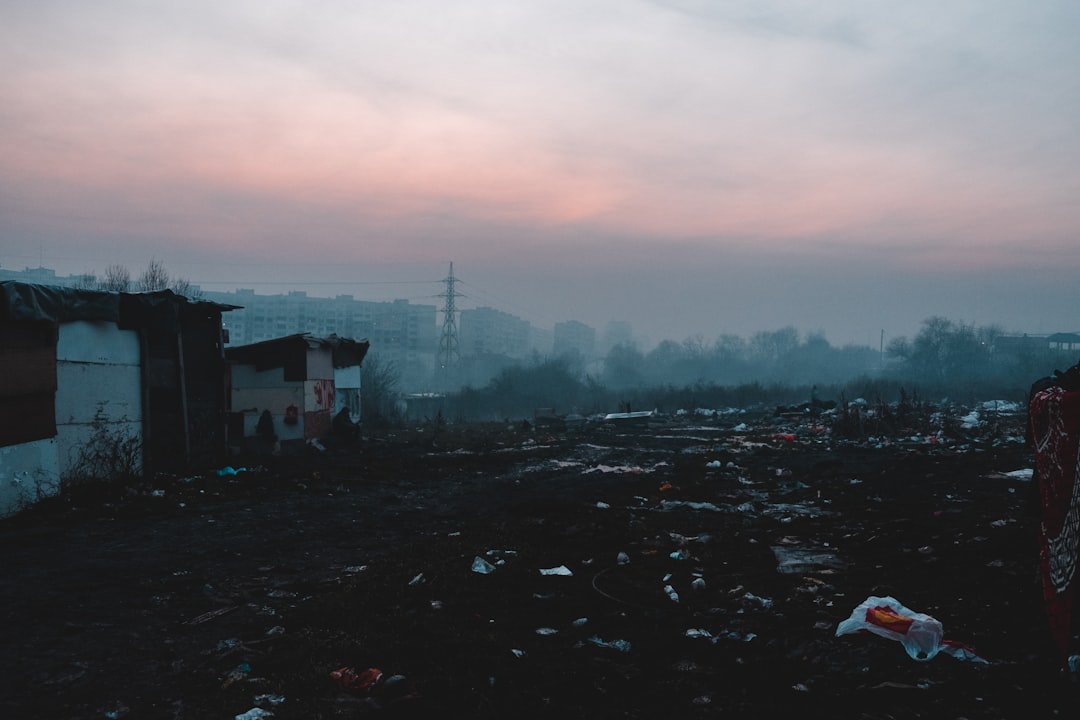Pollution and environmental degradation are among the most pressing challenges of our time. They disrupt the balance of natural ecosystems and have far-reaching consequences for human health. In this post, we explore the sources and types of pollution, examine how environmental degradation affects both nature and people, and discuss strategies to mitigate these impacts.
Understanding Pollution and Environmental Degradation
Pollution occurs when harmful substances—ranging from chemicals to particulate matter—are introduced into the environment. These pollutants can originate from industrial activities, agricultural practices, transportation, and even everyday human behaviors. Environmental degradation refers to the deterioration of the natural environment, often a direct result of pollution, deforestation, and unsustainable resource use.
How Pollution Impacts Ecosystems
1. Air Pollution
-
Sources: Emissions from factories, vehicles, and power plants release pollutants such as nitrogen oxides, sulfur dioxide, and particulate matter into the atmosphere.
-
Ecosystem Effects:
-
Acid Rain: Pollutants in the air can combine with water vapor to form acid rain, which harms forests, lakes, and soil.
-
Climate Change: Greenhouse gases like carbon dioxide and methane contribute to global warming, altering weather patterns and impacting species distributions.
-
2. Water Pollution
-
Sources: Industrial discharge, agricultural runoff (rich in fertilizers and pesticides), and untreated sewage are primary contributors.
-
Ecosystem Effects:
-
Marine Life: Contaminants can damage coral reefs and marine ecosystems, leading to loss of biodiversity.
-
Freshwater Systems: Polluted rivers and lakes suffer from reduced water quality, affecting aquatic plants and animals and disrupting natural cycles.
-
3. Soil Pollution and Habitat Degradation
-
Sources: Excessive use of chemicals in agriculture, improper waste disposal, and industrial spills contaminate the soil.
-
Ecosystem Effects:
-
Loss of Fertility: Polluted soils lose their nutrient balance, which affects plant growth and the organisms that depend on them.
-
Habitat Loss: As soil quality deteriorates, the entire habitat can become uninhabitable, leading to a decline in local biodiversity.
-
The Ripple Effects on Human Health
Environmental degradation doesn't just harm nature—it also directly impacts human communities:
1. Respiratory and Cardiovascular Diseases
-
Air Quality: Breathing polluted air, laden with fine particles and toxic gases, increases the risk of asthma, bronchitis, and heart disease.
-
Vulnerable Populations: Children, the elderly, and those with pre-existing conditions are especially at risk.
2. Waterborne Diseases
-
Contaminated Water: Polluted water sources can harbor harmful bacteria, viruses, and chemicals, leading to diseases such as cholera, dysentery, and other gastrointestinal illnesses.
-
Safe Drinking Water: Access to clean water is essential for health, and environmental degradation severely compromises this basic need.
3. Chemical Exposure
-
Long-Term Health Effects: Persistent exposure to pollutants, such as heavy metals and pesticides, can increase the risk of cancers, neurological disorders, and reproductive health issues.
-
Bioaccumulation: Toxins can build up in the food chain, affecting not only wildlife but also humans who consume contaminated food.
Strategies for Mitigation and Sustainable Practices
1. Stricter Regulations and Policies
Governments and international organizations need to enforce environmental standards to limit emissions, manage waste, and protect natural habitats. Policies that promote clean energy, regulate industrial discharges, and incentivize sustainable practices are key to reducing pollution.
2. Technological Innovations
Advances in technology, such as improved filtration systems, renewable energy sources, and cleaner transportation options, can significantly reduce the emission of pollutants. Innovations in waste management and recycling also play a crucial role in mitigating environmental degradation.
3. Community Engagement and Education
Public awareness and community participation are vital. Educating individuals about the impacts of pollution and encouraging sustainable practices—from reducing plastic use to supporting local conservation efforts—can drive collective action toward a healthier environment.
4. Restoration Projects
Investing in ecological restoration—such as reforestation, wetland rehabilitation, and cleanup initiatives—can help restore degraded environments, improve biodiversity, and enhance ecosystem resilience.
Conclusion
The impacts of pollution and environmental degradation extend far beyond the visible scars on our landscapes. They permeate every level of the ecosystem, from the microscopic organisms in our soil to the large-scale health of our communities. By recognizing the interconnectedness of ecosystem health and human well-being, we can work toward solutions that promote a sustainable and resilient future.
Addressing these challenges requires a multifaceted approach—combining policy, technology, education, and community action—to protect our planet and safeguard the health of all its inhabitants.
What steps do you think are most important in tackling pollution in your area? Share your thoughts and experiences in the comments below, and let's work together to build a healthier future for our planet and its people!

Comments
No comments yet. Be the first to comment!
You must be logged in to comment. Login